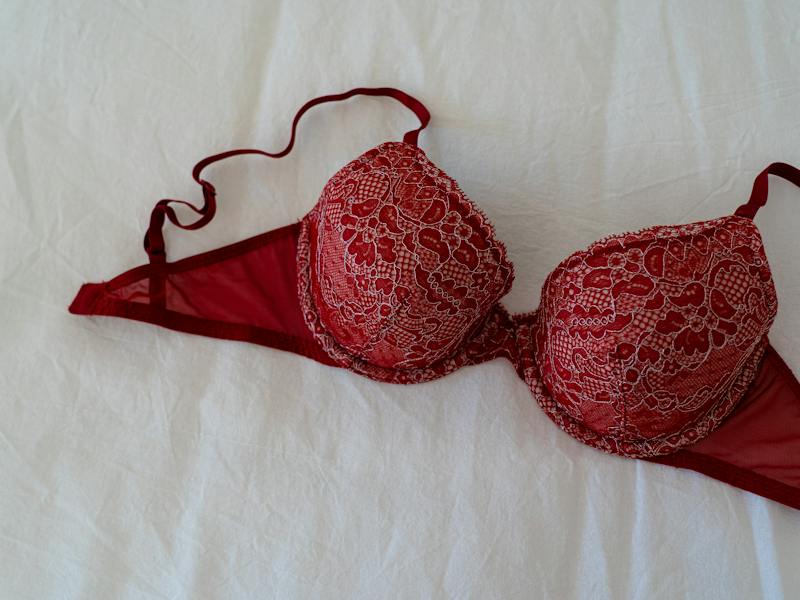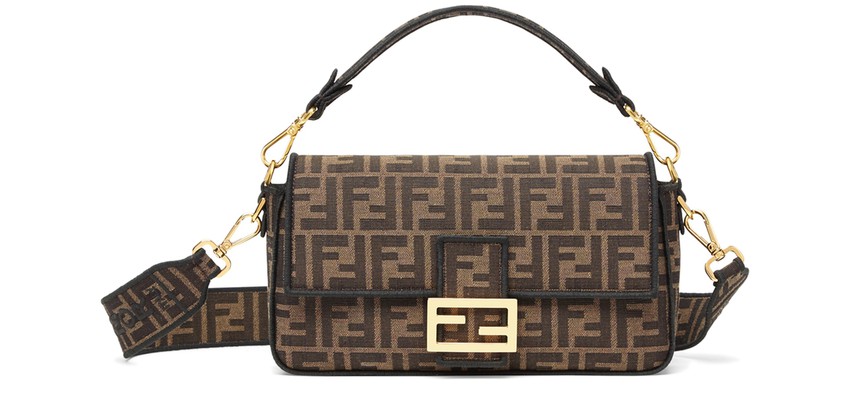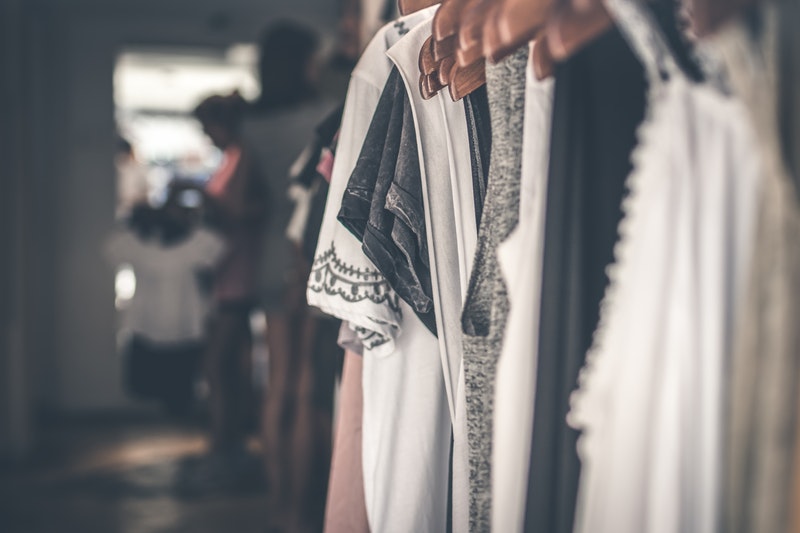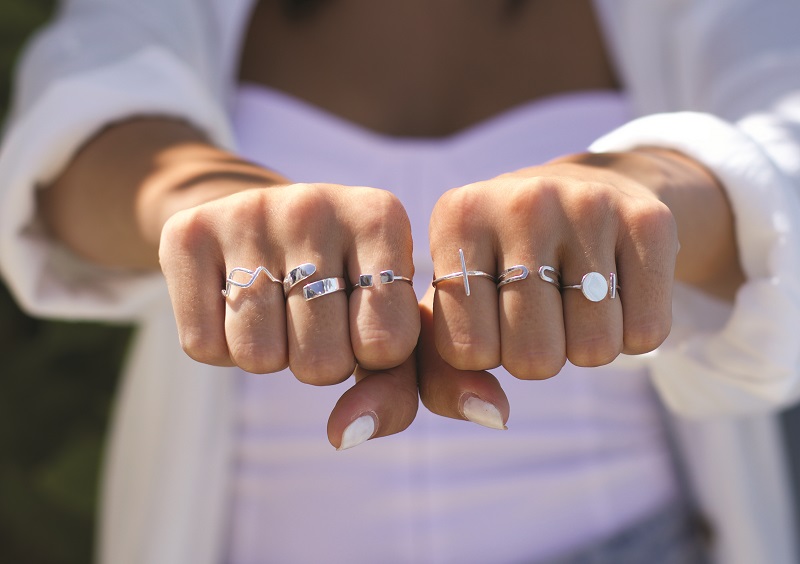Finding Your Perfect Bra Size: A Guide for UK Women

Getting properly fitted for a bra and finding your true bra size can make a world of difference when it comes to comfort, support, and confidence in your clothes. Yet many women continue wearing poorly fitted bras, unaware that with a few simple measurements, they could discover their ideal size.
This guide will walk you through how to accurately determine your bra size and cup size. We’ll also provide tips on finding bras that fit properly and comfortably in your newly discovered size. Read on for advice on bra sizing that applies specifically to women in the UK.
How Bras Are Sized in the UK
The UK uses a slightly different system for bra sizing compared to other places. Here’s a quick overview of how bra sizes work:
- The chest measurement is represented by a number, such as 32, 34, 36, etc. This number refers to the underbust measurement in inches.
- The cup size is represented by a letter, such as A, B, C, D, DD, E, etc. The cup size is determined by the difference between the bust measurement and the underbust.
- Common band sizes in the UK include 30, 32, 34, 36, 38, and 40. Cup sizes typically range from A to G.
- DD, E, F, FF, G, GG, H, HH, J, JJ, K, and KK cups indicate larger cup volumes (see these 34GG bras for an example).
- Band sizes above 40 and cup sizes above G may be available in specialty lingerie shops.
So a bra size of 32DD indicates a 32 inch underbust and a 37 inch bust (32 band size plus a 5 inch difference equals a DD cup).
How to Measure Your Bra Size
Measuring yourself for a bra is easy to do at home with just a soft measuring tape. Here are step-by-step instructions:
1. Measure Underbust
- Stand straight with arms at sides and breathe normally. Wrap the tape measure very snugly around the ribcage, just below your bust. Make sure the tape lies flat across the back.
- For the band size, measure the underbust circumference in inches. Round to the nearest whole inch.
- Take two measurements: one exhaling and one inhaling. The larger measurement – usually the exhaled one – is your band size.
2. Measure Bust
- Still standing upright, wrap the tape around the fullest part of your bust. Keep it parallel to the floor.
- Measure the bust circumference in inches, rounding to the nearest whole inch. Take two measurements: while inhaling and exhaling. Use the larger bust measurement.
- For accurate cup size, make sure to measure over bare skin or a very thin bra.
3. Determine Cup Size
- Subtract your band size from the bust measurement. The difference indicates what cup size is likely best.
- A 1 inch difference means an A cup. 2 inches is a B cup. 3 inches indicates a C, and so on.
- Here is a sizing chart:
| Difference | Cup Size |
| 1 inch | A |
| 2 inches | B |
| 3 inches | C |
| 4 inches | D |
| 5 inches | DD |
| 6 inches | E |
| 7 inches | F |
| 8 inches | FF |
So if your underbust is 32 inches and your bust is 37 inches, the difference is 5 inches. That indicates a size 32DD.
Bra Fit Indicators
Use these tips to recognize signs of good and poor bra fit:
Signs of a Good Fit
- Band feels snug but not constricting. You should be able to slide two fingers underneath.
- Wire at center front fits against sternum.
- Cups fully encase breasts without overflow or gaps.
- Straps stay put on shoulders without slipping.
- No bulging under arms, around sides, or of breasts over cups.
Signs of a Poor Fit
- Bra feels loose and rides up back.
- Underwire sits on breast tissue rather than flat against ribcage.
- Breasts spill over or bulge out of cups.
- Gap between cup edge and breast.
- Shoulder straps dig into shoulders.
- Band rubs or chafes skin.
Bra Styles for Every Size and Shape
Once you determine your new size, finding bras that fit well requires knowing which styles work best for your body. Here are bra recommendations for common size ranges and breast shapes:
Bras for Smaller Busts (A and B cups)
Those with smaller chests have the most options and can often go braless comfortably. When you do want light support or shape, consider:
- Bralettes: soft, seamless, pullover style with few structural elements.
- Triangle bras: made of soft fabric, ideal for small, self-supporting breasts.
- Demi bras: lower cups reveal some cleavage while supporting breasts.
- Push-up bras: pads or underwires lift breasts to enhance cleavage.
Bras for Larger Busts (D cups and above)
Women with large breasts need control, lift, and minimised bounce. Recommended bra styles include:
- Full coverage bras: higher cups and wide straps minimize “spillage.”
- Underwire bras: wires lift and separate breasts to reduce sagging.
- Sports bras: compression style provides intense support during activity.
- Minimiser bras: compressed cups make breasts appear smaller.
- Front closure: easier to fasten than back closure options.
Bras for Asymmetrical Breasts
If one breast is substantially larger than the other, look for:
- Inserts: removable padding makes up for size differences.
- Enhancers: permanent padding evens out cup and band size.
- Compression: minimises larger side so both fit into same cup.
Bras for Pendulous Breasts
If breasts are very heavy and hang pendulously, these help lift and support:
- Full coverage underwire bras.
- Balconette bras to lift breasts and enhance cleavage.
- Strapless bras with compression bands under cups.
Bras for Tubular or Conical Breasts
If breasts have a tubular or conical shape with extra space in the cup, try:
- Push-up and padded bras create fullness.
- Underwire lifts flat and wide set breasts.
- Molded cups match conical breast shape.
Bras for Athletic Figures
Women with broad backs and toned torsos can experience gapping in the band. Opt for:
- Racerback bras bring straps closer together in back.
- Front closure helps pull band tight.
- Compression sport bras prevent bouncing during activity.
Finding Your UK Bra Size at a Store
Getting fitted for a bra at a lingerie shop or department store can be quicker than measuring yourself. Here’s what to expect during a bra fitting:
- An associate will ask you to remove your top and bra. You can wear a camisole if uncomfortable being topless.
- They’ll measure underbust and overbust measurements. Cup size and band size are determined from these measurements.
- They may “sister size” if the calculated size is unavailable. Sister sizes have same cup volume but different bands.
- You’ll try on various bras in your size. Point out any fit issues to the associate.
- Professionals may check for signs of good fit, such as lack of gapping, full lift, and straps not digging in.
- Don’t hesitate to ask for a different size or style if the options presented don’t fit right or feel comfortable on you.
Some tips for getting your true size during a fitting:
- Visit specialty lingerie shops for extended size ranges.
- Go mid-cycle as breasts are most neutral in size.
- Wear a non-padded bra to your appointment.
- Speak up about discomfort and have them bring new sizes or styles.
Caring for Bras to Extend Their Life
With proper care, a quality bra should last around a year, though delicate bras may need replacing more often. Follow these tips:
- Hand wash in cool water with gentle detergent and lay flat to dry. Never put bras in the washing machine or dryer.
- Reshape cups while damp and store properly to maintain shape.
- Avoid fabric damage – don’t wear the same bra two days in a row and rotate regularly.
- Watch for stretching – when band becomes loose or cups gap, it’s time for a new bra.
- Check straps for fraying threads and underwires for popping out.
Finding your perfect size and style of bra takes some trial and error. But with determination and patience, you’ll discover the bras that make you look and feel your best in all your outfits. Use this guide to start your journey to total bra comfort and confidence.



